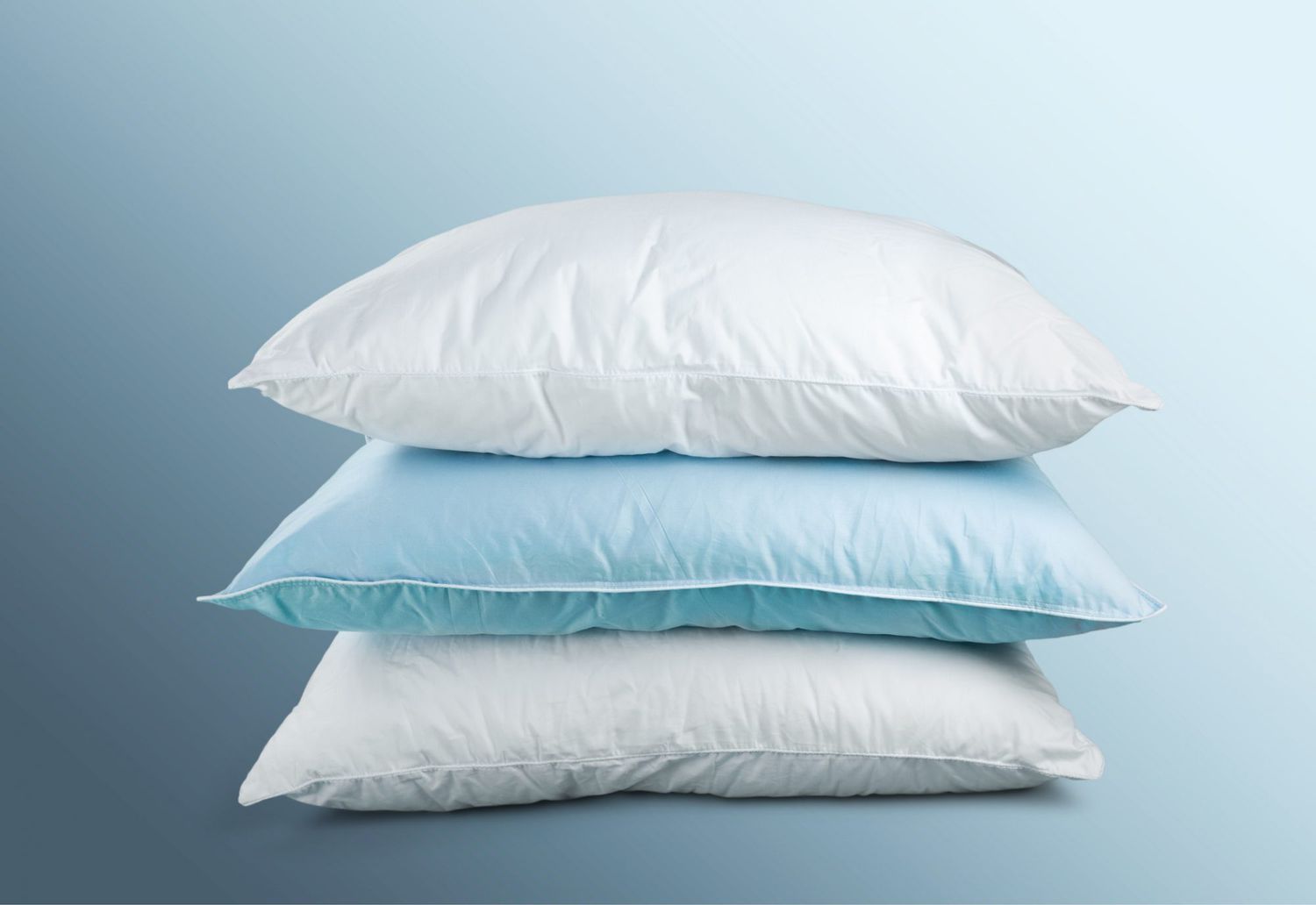

Articles
What Setting Do I Wash Pillows On
Modified: January 8, 2024
Discover the optimal setting for washing pillows in this informative article. Find out how to clean and care for your pillows to extend their lifespan and maintain hygiene.
(Many of the links in this article redirect to a specific reviewed product. Your purchase of these products through affiliate links helps to generate commission for Storables.com, at no extra cost. Learn more)
Introduction
Pillows play a crucial role in helping us achieve a good night’s sleep. They provide us with comfort, support, and a cozy resting place for our heads. However, over time, pillows can accumulate dirt, dust, sweat, and even allergens. This buildup not only affects the overall cleanliness of our pillows but also impacts the quality of our sleep and our overall health. Therefore, it is essential to regularly wash our pillows to maintain their hygiene and extend their lifespan.
In this article, we will explore the importance of washing pillows, the different types of pillows and their washing instructions, as well as various methods to wash different types of pillows effectively. We will also provide some special considerations and tips to help you properly care for your pillows and keep them clean and fresh.
So, if you’ve ever wondered, “What setting do I wash pillows on?” or if you’re unsure about the best way to clean your pillows, then keep reading. By the end of this article, you’ll have all the information you need to confidently wash your pillows and promote a clean and comfortable sleeping environment.
Key Takeaways:
- Regularly washing and properly maintaining pillows is essential for a clean and comfortable sleeping environment, extending their lifespan, and promoting overall sleep quality and hygiene.
- Different types of pillows require specific washing methods, such as machine washing for synthetic pillows and spot cleaning for memory foam pillows, to ensure their cleanliness and longevity.
Read more: What Capacity Washer Do I Need
Importance of Washing Pillows
Keeping our pillows clean is not just about maintaining hygiene but also plays a vital role in promoting a healthy sleeping environment. Here are a few reasons why washing pillows is important:
- Removal of allergens: Pillows can harbor allergens such as dust mites, pollen, and pet dander. Washing pillows regularly helps remove these allergens, reducing the risk of allergic reactions and respiratory issues.
- Elimination of dirt and sweat: Over time, pillows accumulate dirt, sweat, and body oils. Not only can this lead to an unpleasant odor, but it can also create a breeding ground for bacteria and fungi. Washing pillows helps get rid of these contaminants, ensuring a fresh and clean sleeping surface.
- Improved sleep quality: A clean pillow provides better support and comfort, enhancing the quality of our sleep. Washing pillows helps rejuvenate their fillings, allowing them to regain their original shape and fluffiness, ensuring a more restful sleep experience.
- Extended pillow lifespan: Regularly washing pillows helps maintain their durability and extends their lifespan. By removing dirt and oils, pillows are less likely to develop stains, discoloration, or deterioration, ensuring they remain in good condition for a longer period.
- Reduced risk of acne and skin issues: Pillowcases can accumulate dead skin cells, oil, and bacteria, which can transfer to our skin as we sleep. By washing pillows and their pillowcases, we minimize contact with these contaminants, reducing the chances of acne breakouts and skin irritations.
- Enhanced overall hygiene: Clean pillows contribute to a cleaner and healthier sleeping environment. This is particularly crucial for individuals with respiratory conditions, allergies, or a weakened immune system.
Now that we understand the importance of washing pillows, let’s delve into the different types of pillows and their specific washing instructions.
Types of Pillows and Their Washing Instructions
Pillows come in various materials and constructions, each requiring different washing methods to ensure their longevity and maintain their quality. Here are the most common types of pillows and their respective washing instructions:
- Cotton and Polyester Pillows: These pillows are machine washable. It is recommended to wash them on a gentle cycle using mild detergent. Tumble dry on low heat or air dry to avoid excessive shrinkage.
- Down and Feather Pillows: Down and feather pillows require special care. Always check the pillow’s label or manufacturer instructions for washing guidelines, as some may require professional cleaning. However, if they are machine washable, use a mild detergent and wash on a delicate cycle with an extra rinse. It is crucial to ensure the pillow is thoroughly dry to prevent mold or mildew growth. Adding tennis balls or dryer balls in the dryer can help to fluff up the feathers during the drying process.
- Memory Foam Pillows: Memory foam pillows cannot be machine washed. Instead, spot clean any stains or spills by gently dabbing with a mixture of mild detergent and water. To freshen them up, sprinkle baking soda on the pillow’s surface, let it sit for a few hours, and then vacuum it off. Avoid using harsh chemicals or submerging the pillow in water, as this can damage the memory foam.
- Bamboo Pillows: Bamboo pillows are typically machine washable. Follow the instructions on the pillow’s label, but generally, it is advised to wash on a gentle or delicate cycle using mild detergent. Air drying is recommended, as excessive heat can cause the bamboo fibers to shrink or lose their softness.
- Luxury Pillows (Silk, Satin, or Velvet): Luxury pillows may require special care. Check the manufacturer’s instructions for specific washing guidelines. Some may need to be dry cleaned, while others may be hand washable or machine washable on a delicate cycle. It is essential to use the appropriate cleaning method to avoid damaging the delicate fabrics.
Always refer to the care label or any manufacturer instructions that may accompany your pillows to ensure you are following the correct washing instructions. Now that we know how to wash different types of pillows let’s explore some common methods for washing pillows effectively.
Common Methods to Wash Pillows
When it comes to washing pillows, there are a few common methods you can use depending on the pillow type and your personal preference. Here are some effective methods to keep your pillows clean:
- Machine Washing: Machine washing is a popular method for cleaning pillows, especially those made from cotton, polyester, or other machine washable materials. Before washing, check the care label or manufacturer instructions to ensure your pillow is suitable for machine washing. Use a gentle or delicate cycle with a mild detergent. It’s recommended to wash two pillows at a time to balance the load and promote even cleaning. Adding a second rinse cycle helps remove any leftover detergent residue. After washing, thoroughly dry the pillows to prevent mold or mildew growth.
- Hand Washing: Hand washing is ideal for delicate pillows or those that are not machine washable. Fill a sink or basin with lukewarm water and add a small amount of mild detergent. Submerge the pillow and gently agitate it, focusing on any stained or soiled areas. Allow the pillow to soak for a few minutes before rinsing it thoroughly to remove all traces of detergent. Finally, squeeze out excess water and pat dry with a towel. Avoid wringing or twisting the pillow, as this can damage the filling.
- Spot Cleaning: Spot cleaning is useful for small stains or spills on pillows. Prepare a mixture of mild detergent and water. Dip a clean cloth or sponge into the solution and gently blot the stained area, avoiding excessive rubbing or scrubbing. Rinse the area with a clean damp cloth and allow it to air dry completely before using the pillow again.
- Dry Cleaning: Some pillows, particularly luxury or specialty pillows, may require dry cleaning. Check the care label or manufacturer instructions to determine if dry cleaning is recommended. Take the pillow to a professional cleaner who specializes in handling delicate items.
- Steam Cleaning: Steam cleaning is an effective method for sanitizing and refreshing pillows without the need for water. Use a handheld steamer and run it over the surface of the pillow, paying extra attention to any stained or dirty areas. The steam will help loosen dirt and kill bacteria, leaving the pillow fresh and clean. Ensure the pillow is completely dry before using it.
Remember to consider the specific instructions for your pillow type and follow any guidance provided by the manufacturer. Next, we will explore the specific methods for washing down and feather pillows, synthetic pillows, and memory foam pillows.
Washing Down and Feather Pillows
Down and feather pillows are known for their luxurious comfort and softness. However, they require special care when it comes to washing. Here is a step-by-step guide to effectively wash down and feather pillows:
- Check the care label: Always start by checking the care label or manufacturer instructions for specific washing guidelines. Some down and feather pillows may require professional cleaning.
- Pre-treat stains: If your pillow has any visible stains, pretreat them before washing. Gently rub a small amount of mild detergent directly onto the stained area. Allow it to sit for a few minutes to penetrate the stain.
- Use a large-capacity washing machine: Wash one or two pillows at a time to ensure they have enough space for proper cleaning. Using a front-loading or large-capacity washing machine is ideal for this task.
- Choose a gentle cycle: Select a gentle or delicate cycle on your washing machine with cold or lukewarm water.
- Add detergent and avoid harsh chemicals: Use a mild detergent that is suitable for down and feather pillows. Avoid using bleach or harsh chemicals, as they can damage the filling. Add the recommended amount of detergent to the machine.
- Extra rinse: An extra rinse cycle helps to ensure all detergent residues are removed from the pillows.
- Thoroughly dry the pillows: Proper drying is crucial to prevent mold or mildew growth. Place the pillows in the dryer with a few clean tennis balls or dryer balls. These will help to fluff up the feathers during the drying process. Use a low heat setting and periodically check the pillows to ensure they are drying evenly. It may take a few cycles to completely dry the pillows.
- Give the pillows a final fluff: Once the pillows are fully dry, gently fluff them by hand to redistribute the feathers and restore their loftiness.
Remember, down and feather pillows require extra care and attention during the washing and drying process. If you’re unsure about washing these pillows yourself, it’s best to consult a professional cleaner who specializes in down bedding. Now that we’ve covered washing down and feather pillows, let’s move on to washing synthetic pillows.
Read more: What Serving Dishes Do I Need?
Washing Synthetic Pillows
Synthetic pillows, typically made of polyester or other synthetic fibers, are known for their affordability and durability. They are often machine washable, making them relatively easy to clean. Here is a step-by-step guide on how to wash synthetic pillows:
- Check the care label: Start by checking the care label or manufacturer instructions for any specific washing guidelines.
- Prepare the washing machine: Ensure you have a large-capacity washing machine to accommodate the pillows. It’s recommended to wash two pillows at a time to balance the load.
- Choose a gentle cycle: Select a gentle or delicate cycle on your washing machine with warm water.
- Add mild detergent: Use a mild detergent suitable for synthetic fabrics. Avoid using bleach or fabric softeners as they may damage the pillows or affect their quality.
- Extra rinse: Adding an extra rinse cycle helps to remove any detergent residue from the pillows.
- Drying the pillows: Synthetic pillows can be dried in the dryer. Place them in the dryer with a few clean tennis balls or dryer balls to help fluff up the pillows during the drying process. Use a low or medium heat setting and check the pillows periodically to ensure they are drying evenly.
- Fluffing the pillows: Once the pillows are fully dry, give them a gentle shake and fluff them by hand to restore their shape and loftiness.
Remember, it’s crucial to thoroughly dry synthetic pillows to prevent moisture buildup and the growth of mold or mildew. If the pillows are not completely dry after the first cycle, continue drying until they are fully dry. Optionally, you can also place the pillows in a well-ventilated area to air dry fully. Following these steps will help ensure clean and fresh synthetic pillows for a comfortable night’s sleep.
Now that we’ve covered washing synthetic pillows, let’s move on to washing memory foam pillows.
Check the care label on your pillows for specific instructions. In general, use a gentle cycle with warm water and a mild detergent. Add an extra rinse cycle to ensure all soap is removed. Dry on low heat with dryer balls to fluff them up.
Washing Memory Foam Pillows
Memory foam pillows are known for their ability to contour to the shape of your head and provide excellent support. However, they require special care when it comes to cleaning. Due to their dense and absorbent nature, memory foam pillows cannot be machine washed. Here’s a step-by-step guide on how to clean memory foam pillows:
- Spot clean any stains: If your memory foam pillow has any stains or spills, it’s best to spot clean them immediately. Gently dab the stained area with a mixture of mild detergent and water. Avoid rubbing or scrubbing vigorously, as this can damage the memory foam.
- Remove odor: Memory foam pillows can sometimes develop an odor. To freshen them up, sprinkle baking soda on the surface of the pillow. Let it sit for a few hours or overnight to absorb any odors. Then, vacuum the baking soda off using a handheld vacuum or upholstery attachment.
- Avoid submerging in water: Due to its absorbent nature, memory foam should not be submerged in water, as it can retain moisture and take a long time to dry. Submerging memory foam can also affect its structural integrity.
- Use a fabric cleaner: To clean the entire memory foam pillow, use a fabric cleaner specifically designed for memory foam or upholstery. Spray the cleaner lightly on the surface of the pillow, focusing on any soiled areas.
- Blot and air dry: After applying the fabric cleaner, use a clean cloth or sponge to gently blot the surface of the pillow. Do not rub or scrub aggressively. Allow the pillow to air dry completely in a well-ventilated area.
- Regular maintenance: To maintain the cleanliness and freshness of your memory foam pillow, regularly vacuum it using a handheld vacuum or upholstery attachment. This helps remove dust, dirt, and other particles that may accumulate on the surface.
Remember, memory foam pillows should not be machine washed or exposed to excessive moisture. By following these steps, you can effectively clean and maintain your memory foam pillows, ensuring they provide you with comfortable and hygienic sleep for a long time.
Now that we’ve covered washing different types of pillows, let’s move on to some special considerations and tips for washing pillows.
Special Considerations for Washing Pillows
While washing pillows is essential for maintaining their cleanliness and prolonging their lifespan, there are a few special considerations to keep in mind. Here are some important factors to consider when washing pillows:
- Care label instructions: Always check the care label or manufacturer instructions for specific washing guidelines. Some pillows may have unique requirements or recommend professional cleaning.
- Filling type: Different pillow fillings require different washing methods. Feather and down pillows, for example, need special care compared to synthetic or memory foam pillows.
- Size and weight: Large and heavyweight pillows may require extra care and attention when washing. Ensure your washing machine and dryer have sufficient capacity to accommodate the pillows without overcrowding.
- Allergies and sensitivities: If you or a household member has allergies or sensitivities, choose hypoallergenic pillows and consider using hot water and allergen-reducing detergents to eliminate allergens effectively.
- Stains and spills: Spot clean stains immediately to prevent them from setting in. Use mild detergents and avoid harsh chemicals or bleach, as they can damage the fabric or filling.
- Deodorizing: Adding baking soda to your pillows before washing or using fabric sprays can help remove odors and keep them smelling fresh.
- Pillow protectors: Using pillow protectors or pillowcases can help prevent stains, dirt, and sweat from reaching the pillow itself. This makes cleaning the pillow easier and reduces the need for frequent washing.
- Regular maintenance: Regularly fluff and spot clean pillows between washes to keep them fresh and hygienic. This can help extend the time between thorough washings.
Remember, it’s important to take these special considerations into account when washing your pillows to ensure you maintain their quality, cleanliness, and functionality. Following these guidelines will help you effectively care for your pillows and enjoy a comfortable sleeping experience.
Next, let’s explore the proper methods for drying and maintaining pillows after washing.
Drying and Maintaining Pillows After Washing
Once you’ve finished washing your pillows, the next step is to properly dry and maintain them to ensure they retain their shape and freshness. Here are some guidelines for drying and maintaining pillows after washing:
- Thoroughly dry the pillows: Proper drying is essential to prevent mold, mildew, and odors from forming. Place the pillows in the dryer on a low heat or air fluff setting. Adding clean tennis balls or dryer balls will help to fluff up the pillows and restore their original shape. Check the pillows periodically and continue drying until they are completely dry. Avoid using high heat, as it can shrink or damage certain pillow materials.
- Fluff and reshape the pillows: Once the pillows are dry, remove them from the dryer and give them a gentle shake to fluff up the filling. Use your hands to carefully reshape them, ensuring they are even and free from lumps.
- Pillow rotation: To maintain their shape and prevent uneven wear, consider rotating and flipping your pillows regularly. This helps distribute the pressure and extends their overall lifespan.
- Protect with pillowcases or pillow protectors: Use pillowcases or pillow protectors to shield your pillows from dirt, oils, and stains. These can easily be removed and washed separately, reducing the frequency of washing the actual pillows.
- Regularly wash pillowcases and protectors: In addition to washing your pillows, remember to regularly wash your pillowcases and pillow protectors. This helps maintain overall cleanliness and prevents the transfer of dirt and oils back onto the pillows.
- Avoid direct sunlight: Prolonged exposure to direct sunlight can cause certain pillow materials to fade or deteriorate. It’s best to dry pillows in a well-ventilated area away from direct sunlight.
- Fluff and air out occasionally: Every few weeks, take the time to fluff up your pillows and allow them to air out. This refreshes the filling and helps remove any trapped odors.
- Replace when necessary: Even with proper care, pillows will eventually wear out and lose their supportiveness. If your pillows are no longer providing adequate comfort or have become lumpy or flat, it may be time to replace them with new ones.
By following these tips for drying and maintaining your pillows, you can ensure they remain fresh, clean, and comfortable for a prolonged period of time. Proper care and maintenance will help your pillows continue to provide the support and quality sleep you deserve.
Lastly, let’s explore some additional tips for keeping your pillows clean and fresh in between washings.
Read more: How Do I Wash Pillows
Tips for Keeping Pillows Clean and Fresh
Keeping pillows clean and fresh goes beyond just regular washing. Here are some additional tips to help you maintain the cleanliness and longevity of your pillows:
- Use pillow protectors: Invest in pillow protectors or pillowcases that act as a barrier between your pillow and pillowcase. They help prevent oils, sweat, and dirt from seeping into the pillow, reducing the need for frequent washing.
- Wash pillowcases regularly: Pillowcases should be washed every one to two weeks to remove oils, sweat, and debris. Regularly washing your pillowcases will keep your pillows cleaner for longer.
- Vacuum your pillows: Use a handheld vacuum or upholstery attachment to vacuum your pillows regularly. This helps remove dust, allergens, and other particles that accumulate on the surface.
- Avoid eating in bed: Eating in bed can result in spills, crumbs, and stains on your pillows. It’s best to enjoy your meals in designated areas to minimize the risk of food-related messes on your pillows.
- Wash your hands before bed: Washing your hands before bedtime helps remove dirt, oils, and bacteria that can transfer to your pillows. Clean hands can help keep your pillows cleaner for longer.
- Keep pets away from pillows: If you have pets, try to keep them off your pillows. Pet hair and dander can accumulate on pillows, triggering allergies and reducing their cleanliness.
- Consider pillow refreshers: Use pillow refreshers or fabric sprays to give your pillows a quick refresh between washings. These products can help eliminate odors and leave your pillows smelling clean and fresh.
- Avoid using harsh chemicals: Harsh chemicals can damage the fabric and filling of your pillows. Stick to mild detergents and avoid bleach or fabric softeners unless specifically recommended by the manufacturer.
- Follow storage instructions: If you store pillows when not in use, ensure you follow the storage instructions provided by the manufacturer. Storing pillows in a clean, dry, and well-ventilated area can help maintain their freshness.
- Replace pillows when necessary: No matter how well you care for your pillows, they will eventually wear out. If you notice that your pillows have lost their shape, support, or become lumpy, it’s time to replace them with new ones to ensure a comfortable and hygienic sleep environment.
By following these tips, you can keep your pillows clean, fresh, and in good condition for a longer period. Remember that regular maintenance and care are key to preserving the quality and hygiene of your pillows.
Now that we’ve covered the importance of washing pillows, the various types of pillows, and their washing instructions, as well as additional tips for keeping pillows clean and fresh, you’re equipped with the knowledge to maintain a clean and comfortable sleeping environment. Sweet dreams!
Note: It’s important to always refer to the care label or manufacturer instructions for specific guidance on washing and maintaining your pillows.
Conclusion
Properly washing and maintaining your pillows is crucial for maintaining a clean and comfortable sleeping environment. Regularly cleaning your pillows not only removes dirt, allergens, and odors but also helps extend their lifespan. By following the correct washing instructions for different types of pillows, including down and feather pillows, synthetic pillows, and memory foam pillows, you can ensure they remain fresh and hygienic.
Remember to always check the care label or manufacturer instructions for specific washing guidelines, as different pillows may have unique requirements. Additionally, consider the special considerations for washing pillows, such as size, weight, allergies, stains, and filling types. By taking these factors into account, you can effectively clean your pillows and prevent damage.
After washing, it’s important to properly dry and maintain your pillows. Thoroughly drying them prevents the growth of mold, mildew, and unpleasant odors. Fluffing and reshaping your pillows help maintain their original shape and support. Utilizing pillow protectors, regularly washing pillowcases, and proper storage also contribute to keeping your pillows clean and fresh.
By following the tips and methods outlined in this article, you can ensure your pillows remain clean, fresh, and comfortable for a longer period. However, it’s essential to note that pillows will eventually wear out, and it might be necessary to replace them when they no longer provide adequate support or cleanliness.
Remember, a clean and well-maintained pillow not only enhances the quality of your sleep but also promotes a healthy sleep environment. So, take the time to wash and care for your pillows regularly, and enjoy a rejuvenating sleep experience night after night.
Frequently Asked Questions about What Setting Do I Wash Pillows On
Was this page helpful?
At Storables.com, we guarantee accurate and reliable information. Our content, validated by Expert Board Contributors, is crafted following stringent Editorial Policies. We're committed to providing you with well-researched, expert-backed insights for all your informational needs.

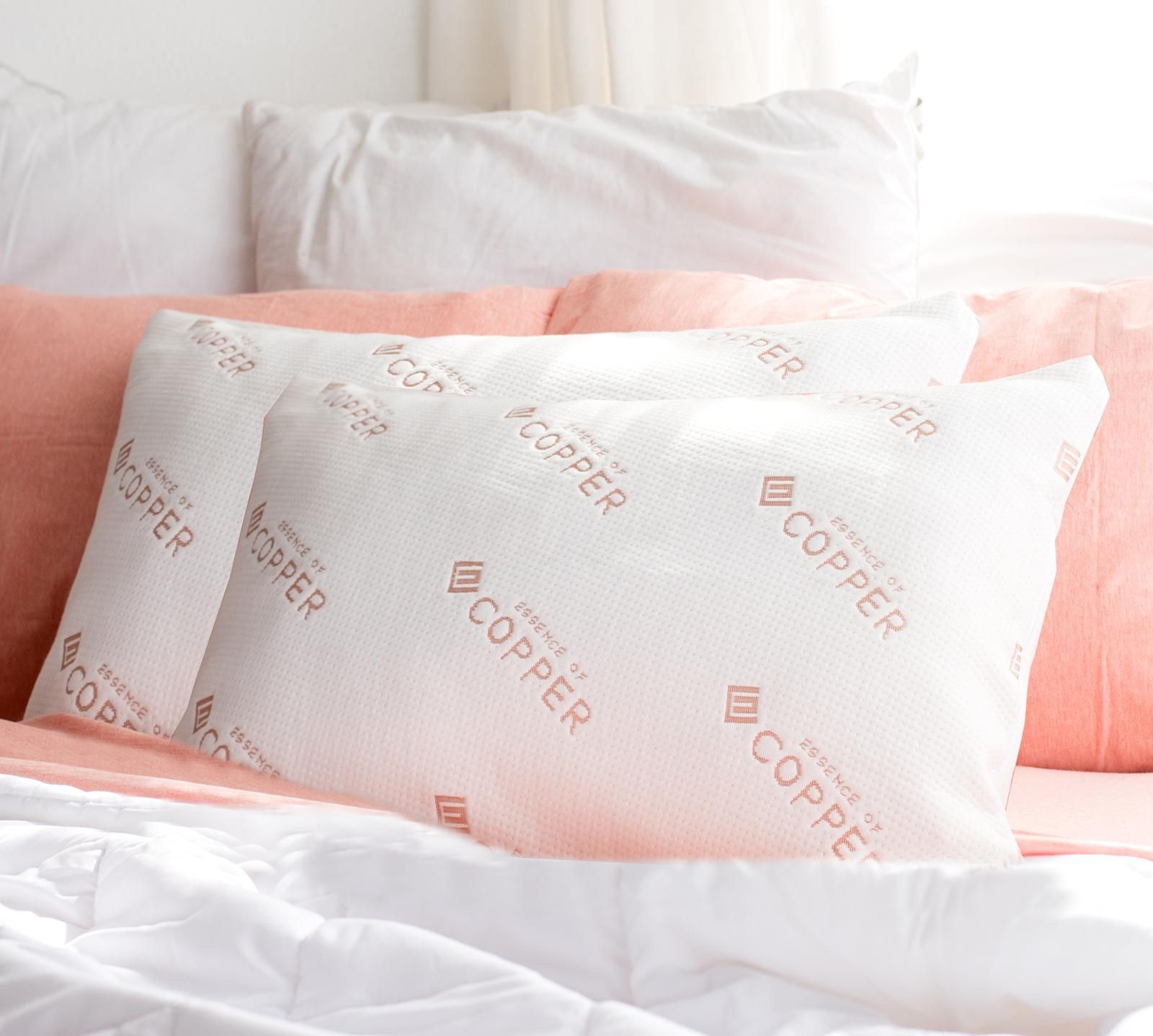
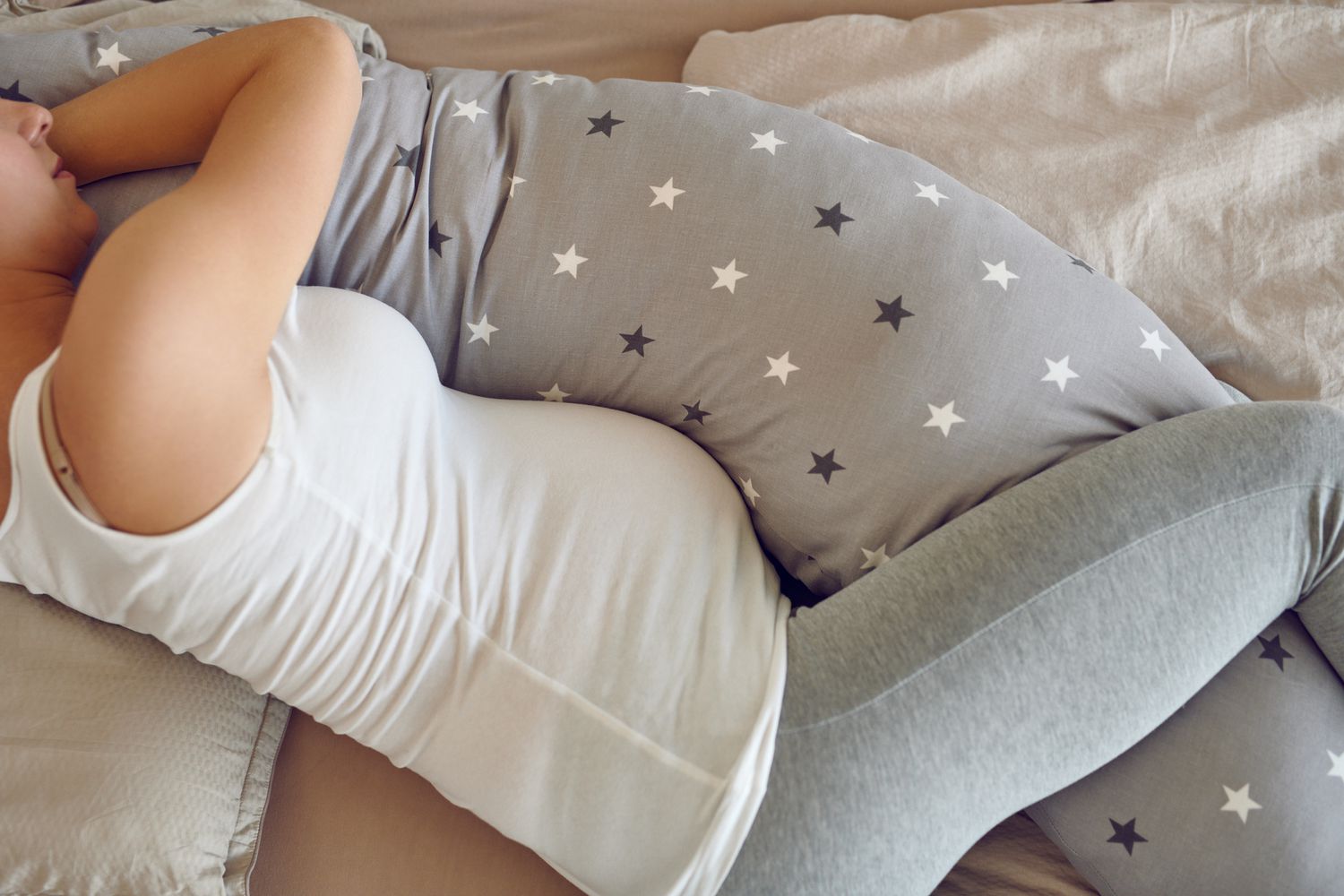
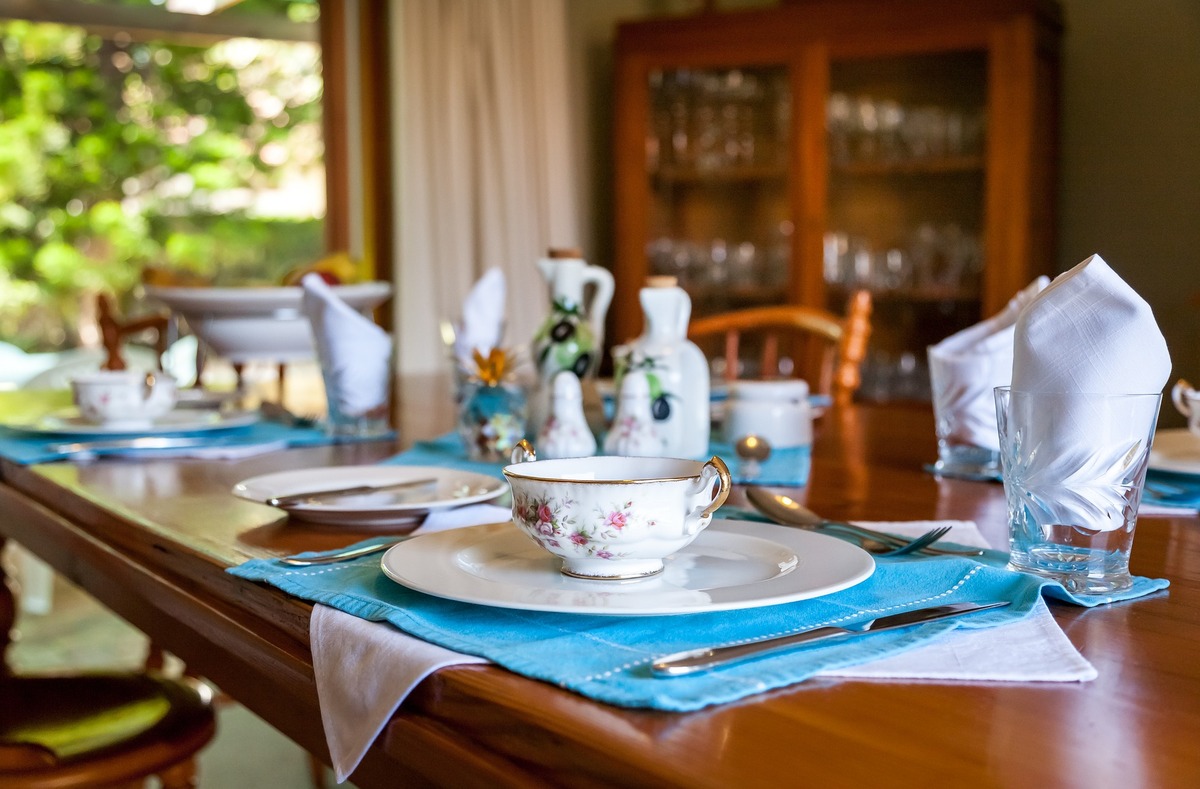
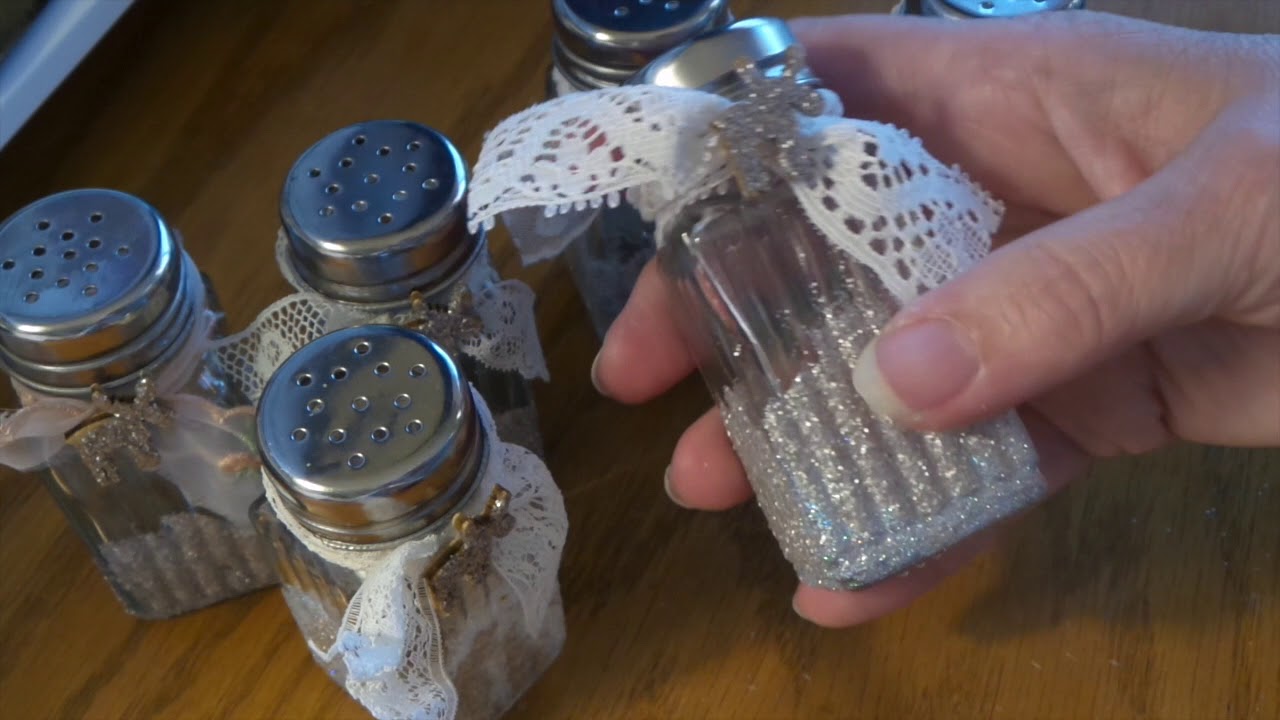



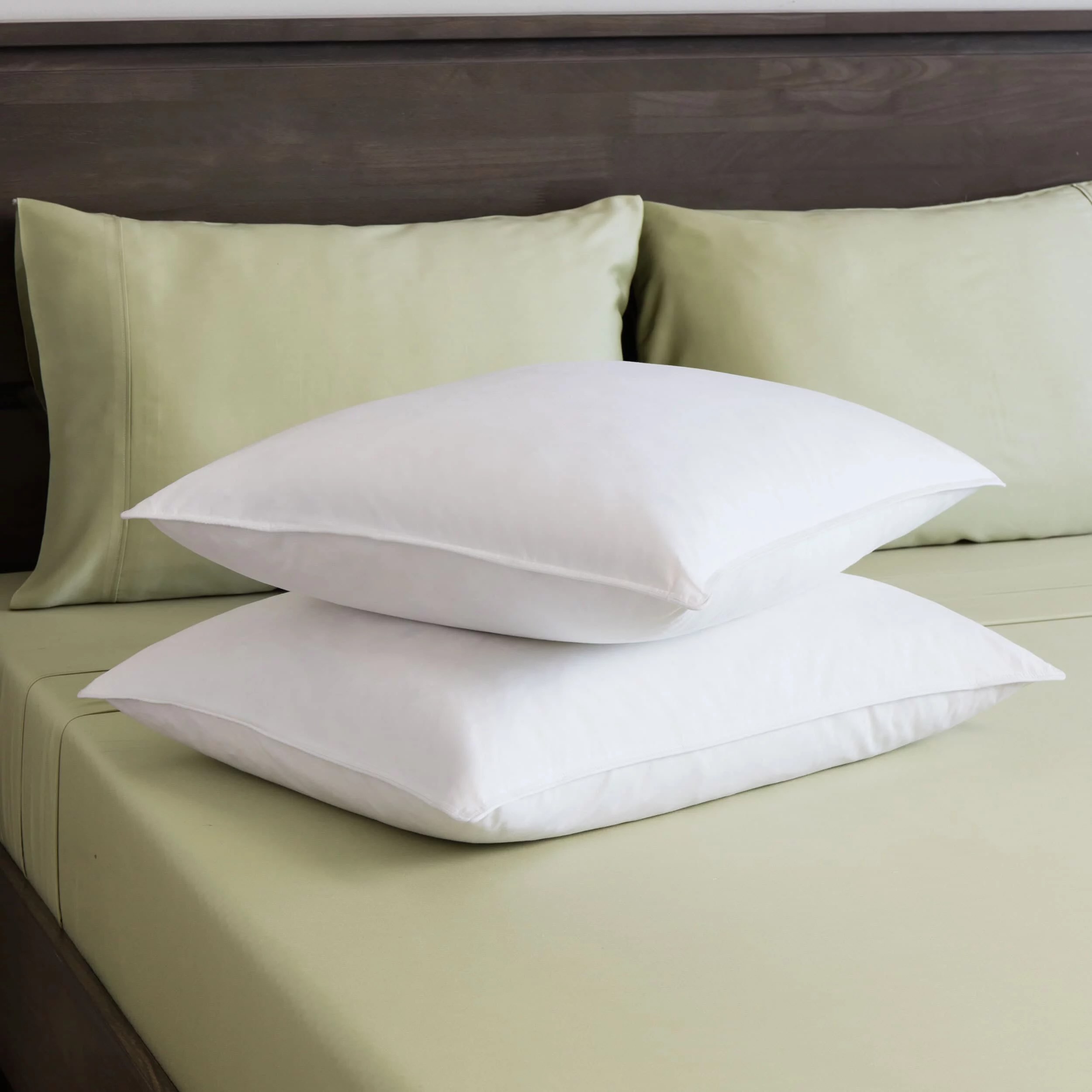


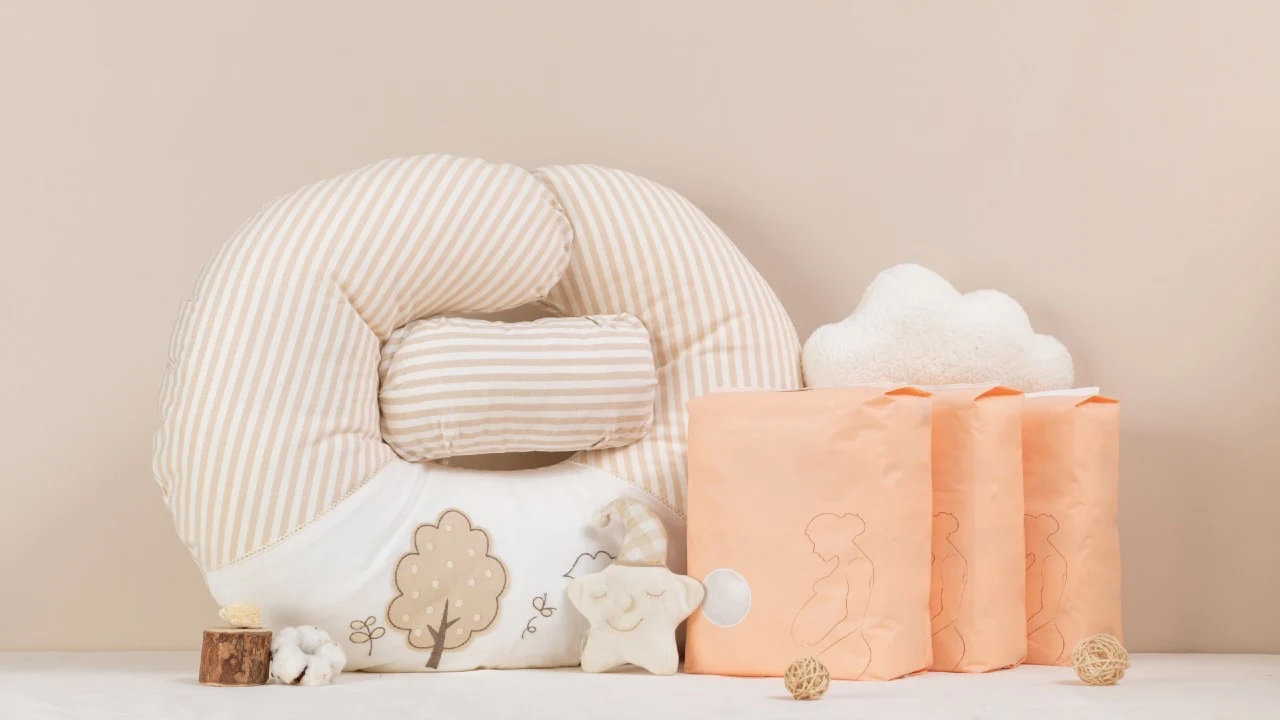
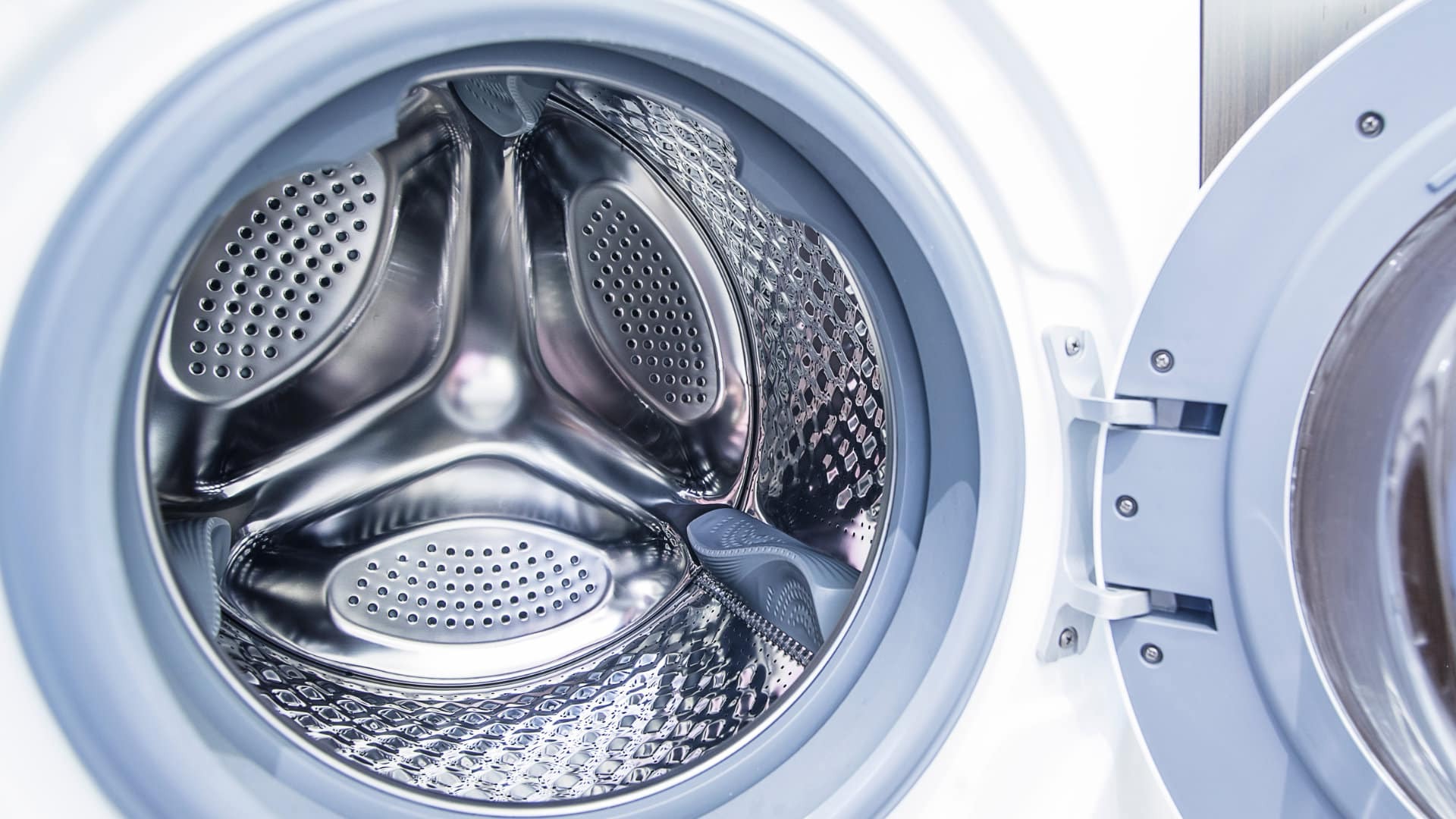

0 thoughts on “What Setting Do I Wash Pillows On”